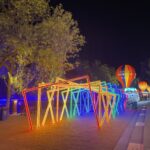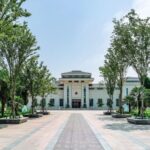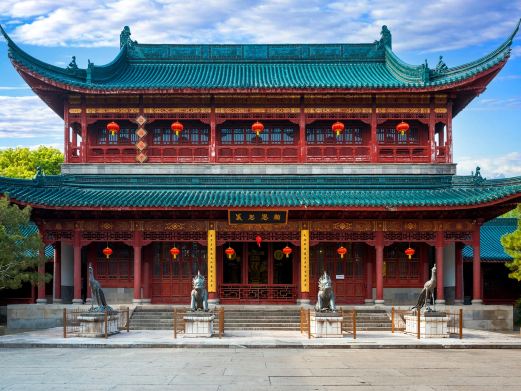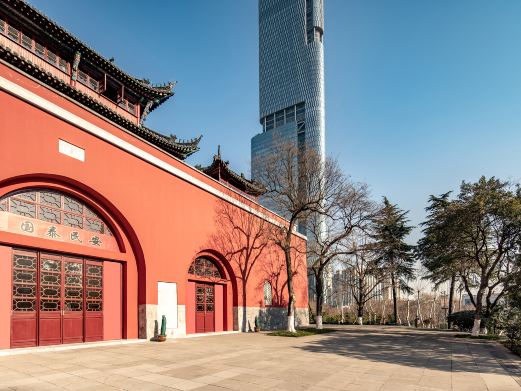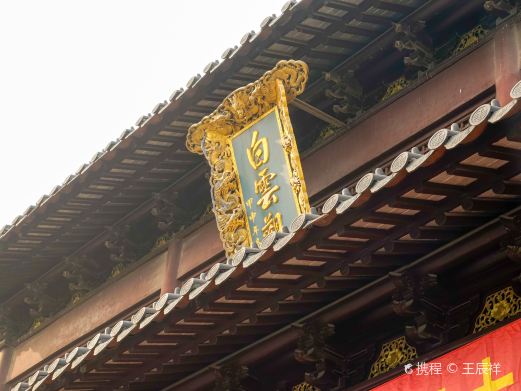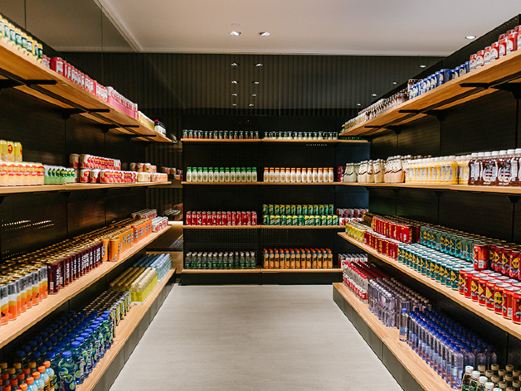The Ming Dynasty Imperial Palace, consisting of the Imperial City and the Forbidden City, was magnificent and served as the blueprint for the Forbidden City in Beijing.
It served as the imperial palace for the first three reigns of the Ming Dynasty, including the Hongwu, Jianwen, and Yongle eras, spanning over 54 years.
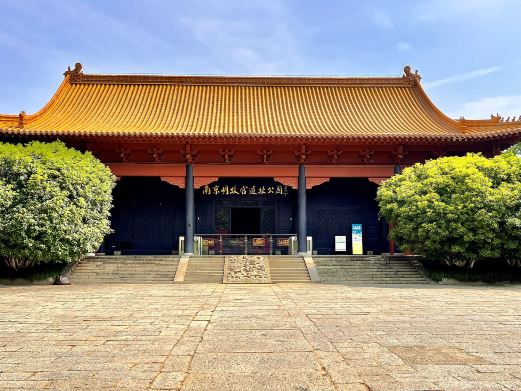
After the relocation of the capital to Beijing by Emperor Zhu Di, also known as the Yongle Emperor, in the 19th year of the Yongle era (1421), the status of the Nanjing Imperial Palace diminished.

Even after the capital’s relocation, the Nanjing Imperial Palace remained an important location, guarded by royals and high-ranking officials.
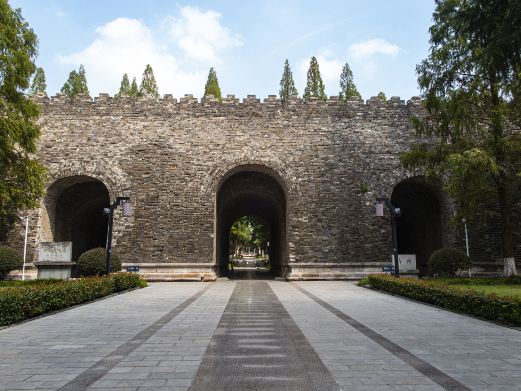
Over the centuries, natural damage and destruction due to warfare, particularly during the Taiping Rebellion and the subsequent conflicts with the Qing army in the Xianfeng and Tongzhi periods of the Qing Dynasty, left the palace in ruins, with only the stone foundations buried underground remaining.
Nanjing Ming Dynasty Imperial Palace Ruins Park
The Ming Dynasty Imperial Palace, consisting of the Imperial City and the Forbidden City, was magnif[...]


